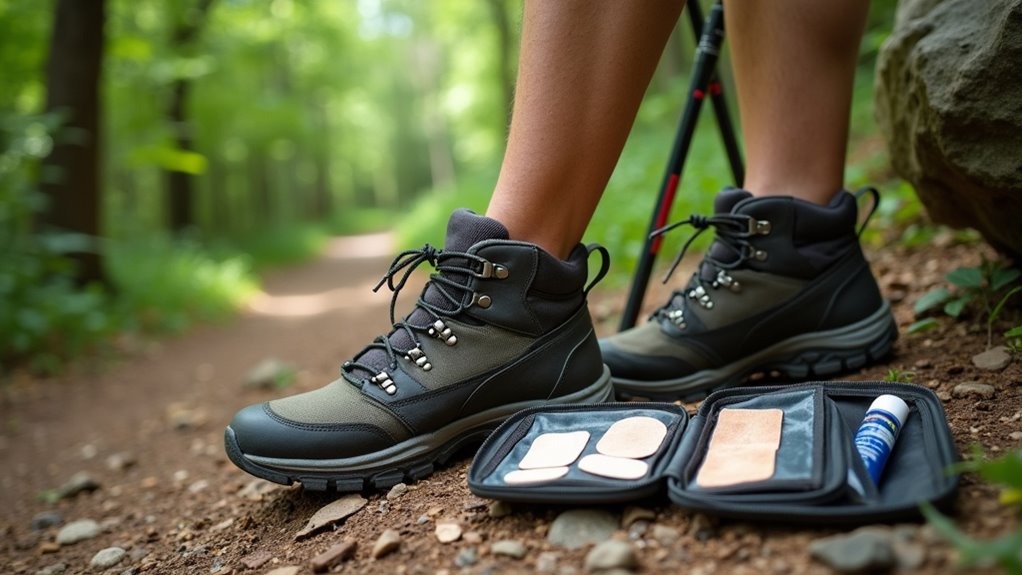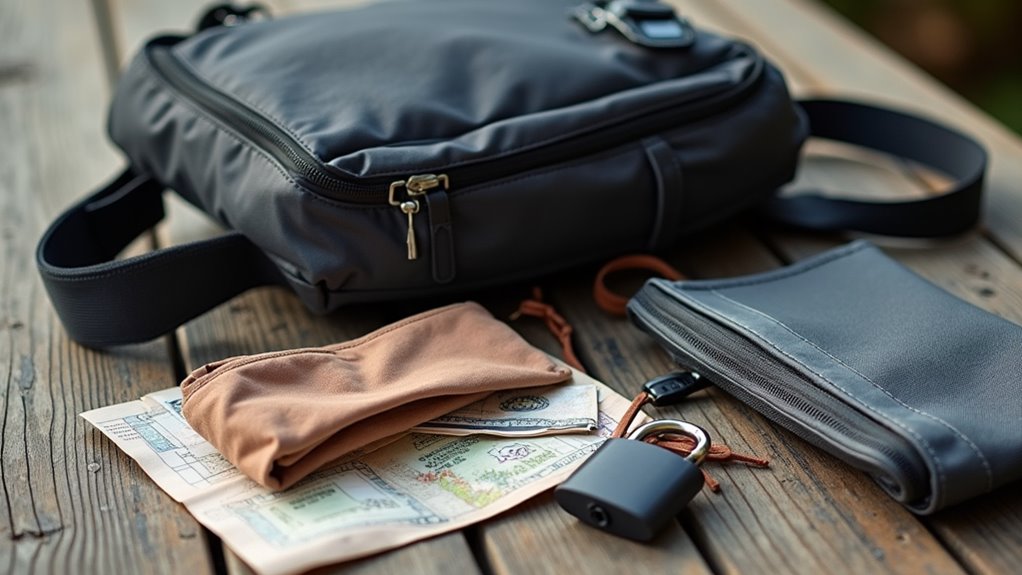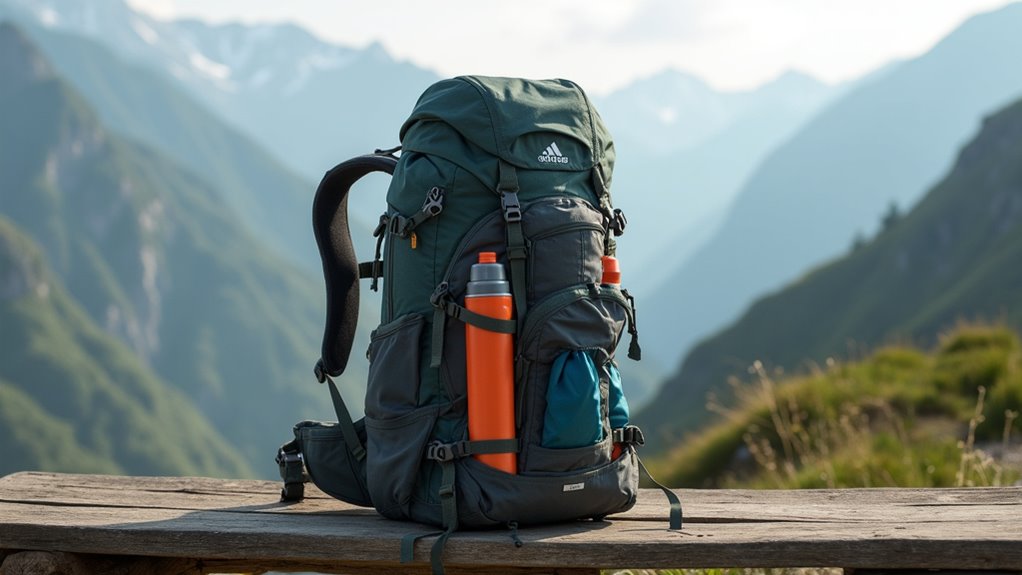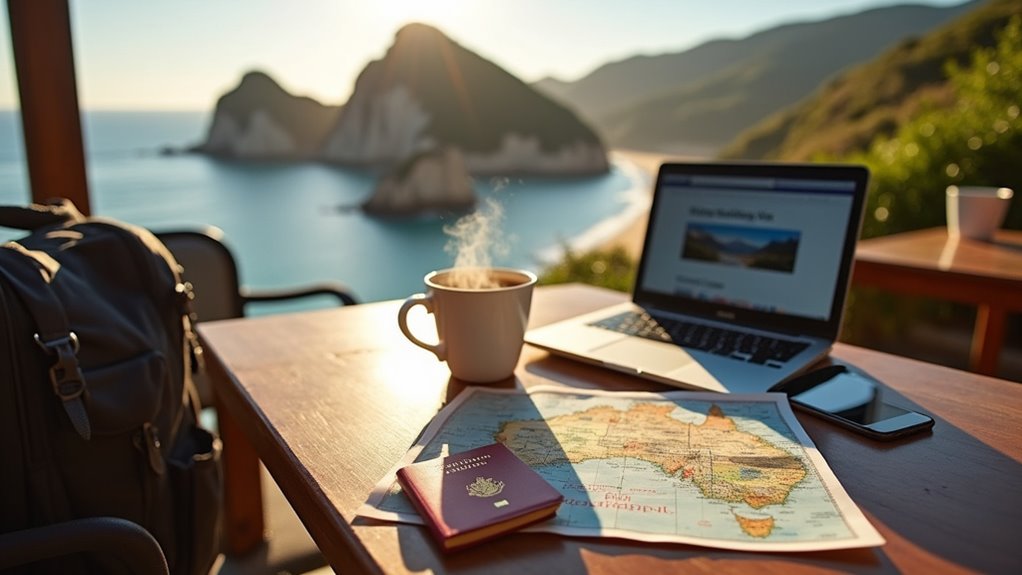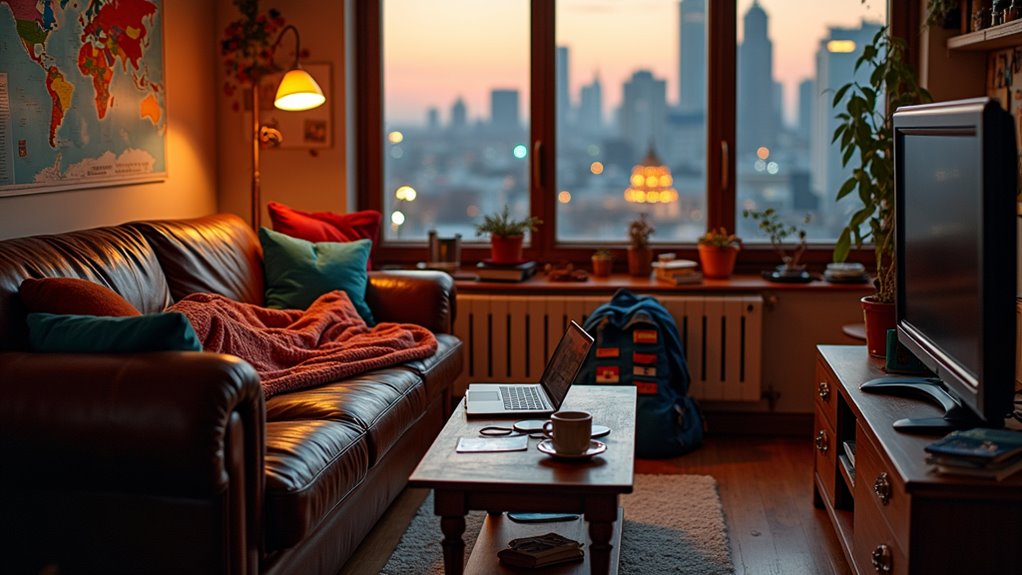When you get a blister while hiking, remove your footwear as soon as possible and clean the area with water or antiseptic to reduce infection risk. Cover hot spots or blisters with moleskin, adhesive cloth tape, or blister pads, and avoid popping small, intact blisters unless absolutely necessary—if you must, sterilize a needle and drain from the edge, keeping the overlying skin intact. Apply antibiotic ointment and re-cover before resuming your hike. There are more effective techniques and tips you can use next.
When you’re hiking, blisters can develop quickly and threaten your progress if not managed carefully. You need to focus on prevention from the start by identifying hot spots early; these are areas on your feet that feel warm or irritated before a blister forms. Always wear hiking shoes that are properly sized, ideally a half to a full size larger than your regular shoes, to minimize friction and allow for foot swelling during long hikes. Moisture-wicking socks help keep your feet dry, and it’s important to change them regularly, especially after crossing streams or sweating heavily.
Gradually break in your boots before attempting extended hikes, since new or stiff footwear increases the risk of rubbing and subsequent blistering. Monitor pressure points on your feet and adjust your footwear or lacing techniques to relieve stress on vulnerable areas. Most blisters occur on the second day of a hike, so it’s especially important to pay attention to foot care during the first few days on the trail.
If a blister does form, remove your footwear and socks immediately to expose the area and allow it to dry. Clean the skin gently with water or an antiseptic swab to reduce infection risk. Immediate attention is required upon feeling friction on feet, since hot spots often lead to full blisters if ignored. Avoid popping small blisters, as the intact skin provides a natural barrier to bacteria.
For blisters where the skin is compromised, apply a topical antibiotic ointment and cover the spot with a sterile bandage or adhesive dressing. Large or painful blisters sometimes require drainage.
Sterilize a needle with a flame or alcohol, then pierce the edge of the blister to release fluid while leaving the overlying skin intact. Carefully press out the fluid to relieve pain, then apply antibiotic ointment and cover the site with moleskin or a padded adhesive bandage. Continue hiking with protective padding to prevent further irritation.
Use adhesive cloth tape, specialized blister pads, or Leukotape on hot spots or blister-prone areas for extra protection. Double-layer socks and proper lacing techniques minimize shear and friction. Avoid plastic tapes, which can trap moisture. Many experienced hikers prefer Leukotape for prevention because it adheres strongly even in wet conditions and provides durable protection for multiple days.
Regularly check your feet, replace soiled dressings, and allow blisters to breathe during breaks. Adjust your pace or rest as needed to avoid worsening the condition, and always monitor for signs of infection to guarantee prompt treatment.
